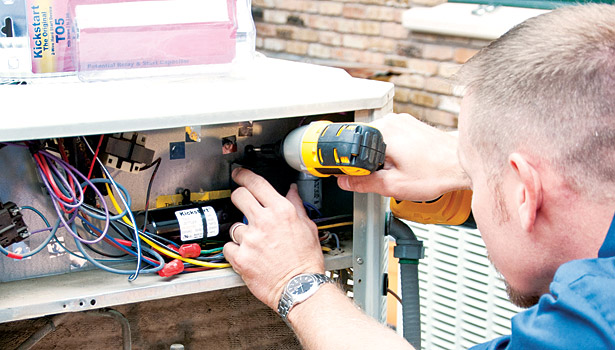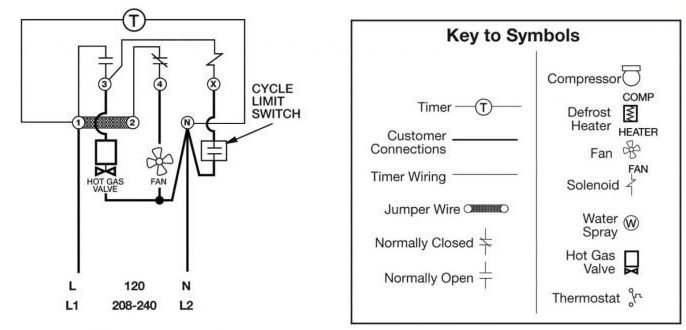Get Tech Tips
Subscribe to free tech tips.
Tightening Electrical Threaded Terminal Connections

Did you know that electrical terminals have a torque value? Yeah, I didn’t either for a long time. “Tight” worked well enough, but I’ve seen a few connections overheat after a while, and now I wonder…
Did you know that tightening electrical screw terminals to their torque specs is part of the NFPA 70/National Electrical Code? Yup, I’ve got the same answer here as before.
Anyway, it turns out that NFPA 70/NEC and NFPA 70B have a bit to say about electrical terminal connection torque specs. Terminal torque specifications have been a part of the standards and codes since at least 2008. There have been some changes over the years, so I've taken this information from the most current versions: NFPA 70/NEC 2020 and NFPA 70B 2019. Below is the pertinent information from the relevant sections; you should refer to the actual books for complete information and wording.
NFPA 70/NEC 110.14(D) is applicable when a new connection is made and says that the torque spec listed on the equipment or in the installation manual shall be followed using an approved method. The most common method is using a calibrated torque wrench or screwdriver. You can find additional information in NFPA 70B section 8.11.

NFPA 70B is also known as the Recommended Practice for Electrical Equipment Maintenance. Section 8.11.13 provides practices for checking terminals where there are no signs of degradation. Because materials will relax after tightening occurs, it is not recommended to retorque connections at 100% because damage can occur, and the listing may be voided.
Instead of 100%, the practice of testing the tightness at 90% of specified torque levels is recommended as best practice. If the screw or bolt does not turn at 90% of the original torque value, the connection is considered good, and if the screw or bolt moves, the connection should be reworked and re-torqued to 100% of specs. Hopefully, it is obvious that you should only access high voltage connections with the power source deactivated for safety reasons.
Another commonly recommended practice for checking existing connections is thermographic inspection, which uses a thermal camera (not an IR temperature gun) to “see” if any extra heat is developed at the connection while the equipment is operating. Accessing high voltage electrical connections with thermal imaging equipment can require special safety equipment and training, so make sure to understand what you are working on.
Basically, the current code says we should all be carrying, using, and calibrating torque wrenches, torque screwdrivers, or even a thermal imager when installing or performing maintenance on HVACR equipment.
Tool nerds, rejoice! Y0u now have a good reason to get some new stuff. You’re welcome.
Happy Torquing.
—Eric Kaiser









Comments
To leave a comment, you need to log in.
Log In